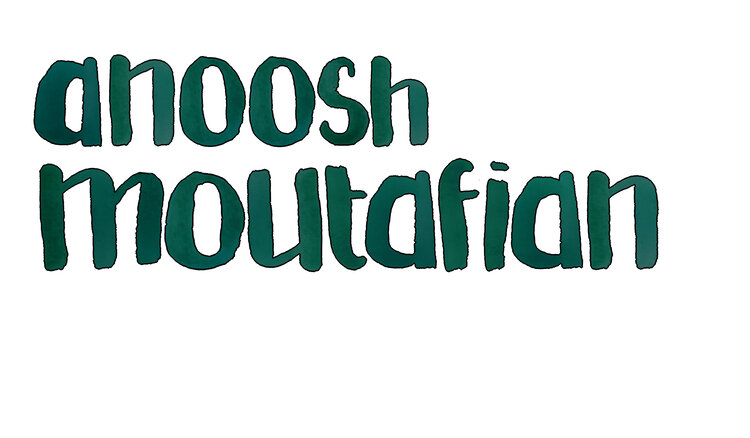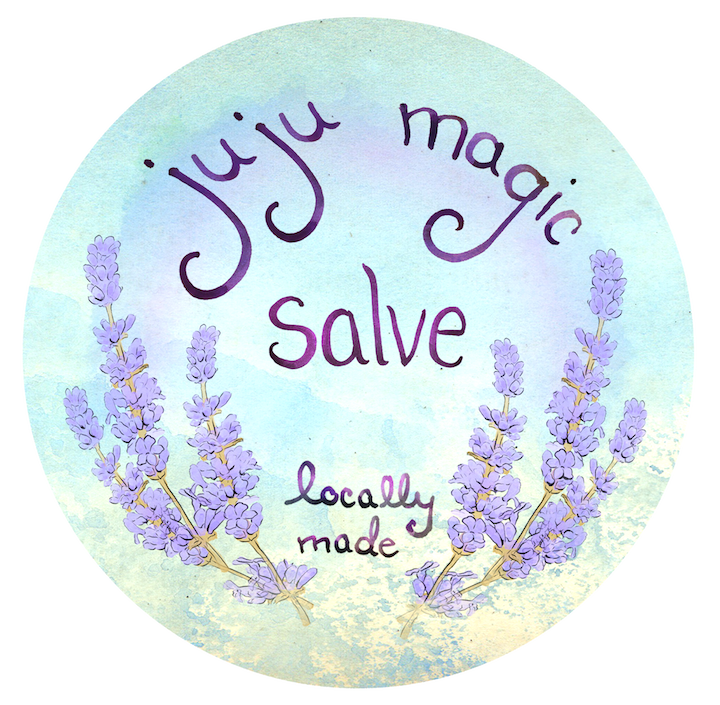Science Illustration: What and Why
Science illustration, the accurate rendering of a subject with the intention to understand and communicate, arguably dates back to cave paintings. Our methods and technology have evolved, but our goals remain unchanged. Drawing holds us as observers to a higher standard than snapping a photo or using a scanning device. You must understand what you are seeing in order to record it.
Goals and Course Expectations for Bio 127 UCSC Ichthyology
During this lab, you will be expected to complete illustrations using the given samples as your subject. These works should "illustrate" or communicate identifying features. In addition, you may be asked to label anatomical landmarks or create detailed drawings of specific parts.
Your illustrations should be planned (fit the page) and accurate (drawn faithfully from reference).
Method
1. Look carefully. Take time to observe your subject before beginning to draw.
2. Choose what to include. Think about the structures and features you want to communicate. Will you include the entire specimen or just one section? Are you viewing the specimen from the top, bottom or side? Reread lab notes to make sure all required features are included.
3. Plan your drawing. Measure your subject using a ruler or other tool. Plan image on page. Double check relative measurements (length of head compared to total body length etc). Make light or erasable marks on page noting landmarks and location of features to be included.
4. Record information. Carefully and deliberately record your observations. Approach with curiosity and allow yourself to ask questions. If something puzzles or interests you (bright markings, highly modified fins etc) note these observations legibly and continue with your task.
Drawing Tips
Draw "big to small". Focus on getting an accurate outline and correct placement of landmarks before tackling details.
Recheck your proportions and relative distances between landmarks frequently.
Use light strokes in the beginning. Once you are confident in your image apply darker line focusing on economy of stroke to ensure clarity. Try to avoid scratchy or sketchy lines in final drawing.
Attempt to resist "symbolic drawing" such as cartoon eyes or generic representations. Strive to record the subject exactly as you observe it.
Let go of anxiety about creating a "pretty picture". Our goal is to represent our subject accurately and clearly communicate our observations and the required information.
And remember, drawing is simply another skill. Everyone will improve in speed and accuracy with dedicated practice.
Additional Resources
The Laws Guide to Nature Drawing and Journaling, written and illustrated by John Muir Laws
Drawing on the Right Side of the Brain, by Betty Edwards (This one has some outdated ideas about lateralization of the brain, but is a great intro to observational drawing)
Videos by Alphonso Dunn (available on YouTube). Drawing basics delivered by a drawing pro with a science background.
Science Illustration program at CSUMB
Additional blog posts at anooshbooks.com (Though not all science related, I break down my process for creating polished illustrations using digital media)



























































